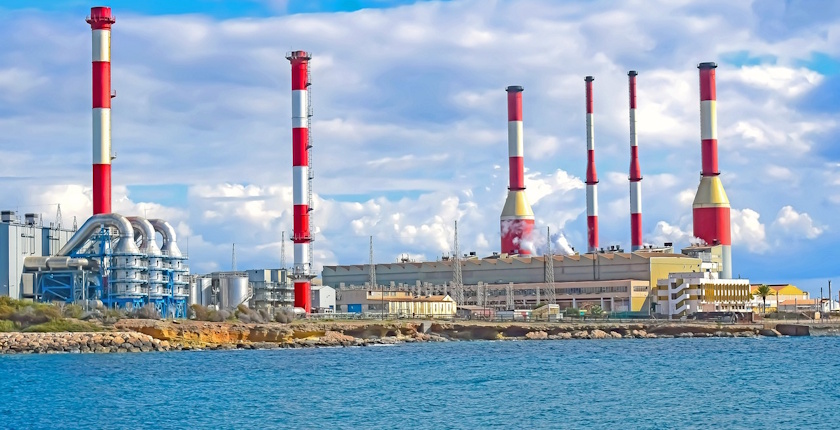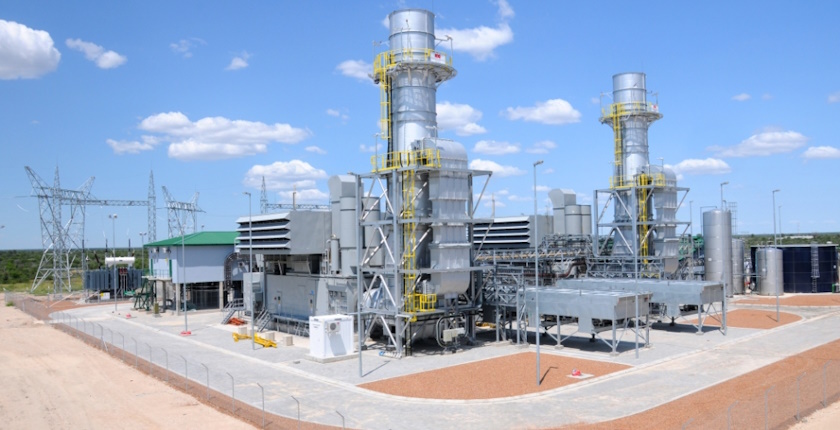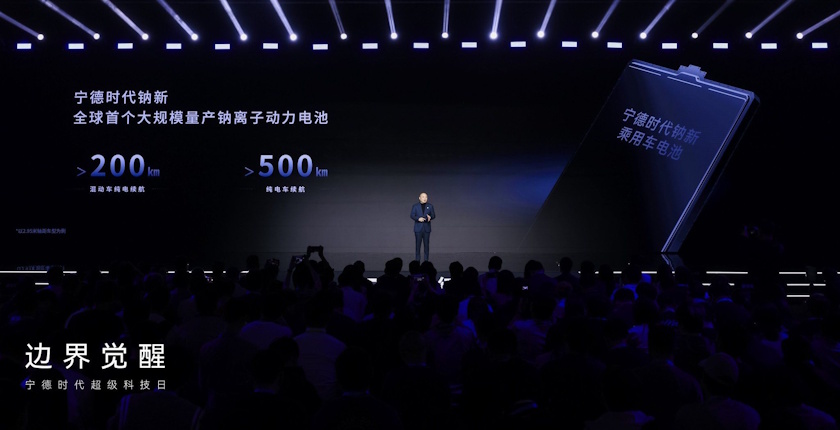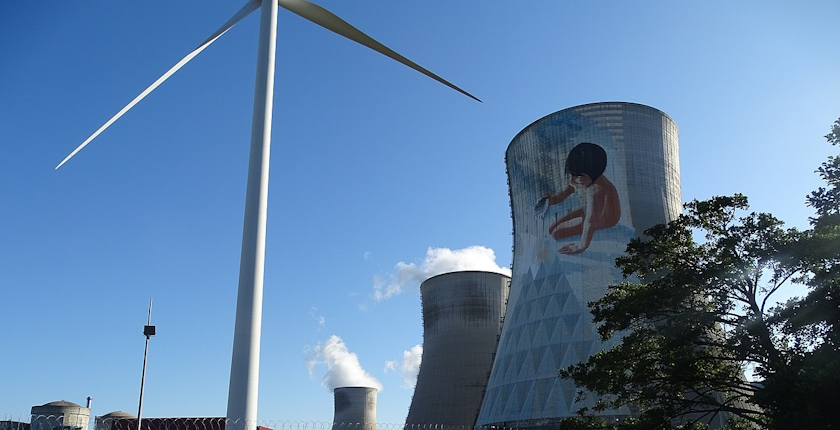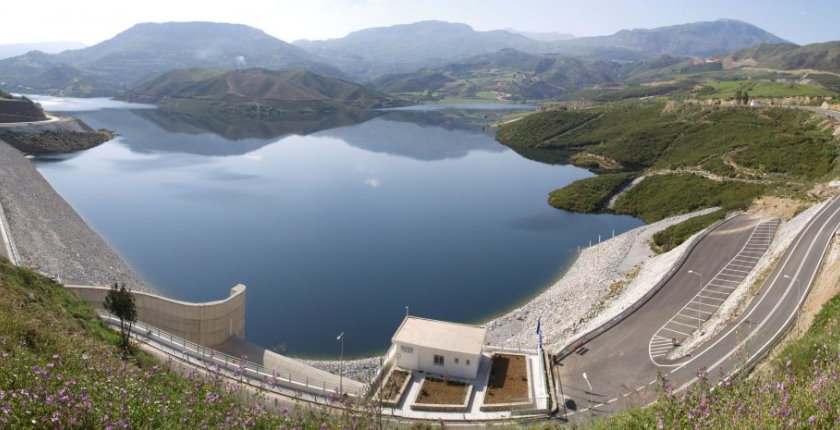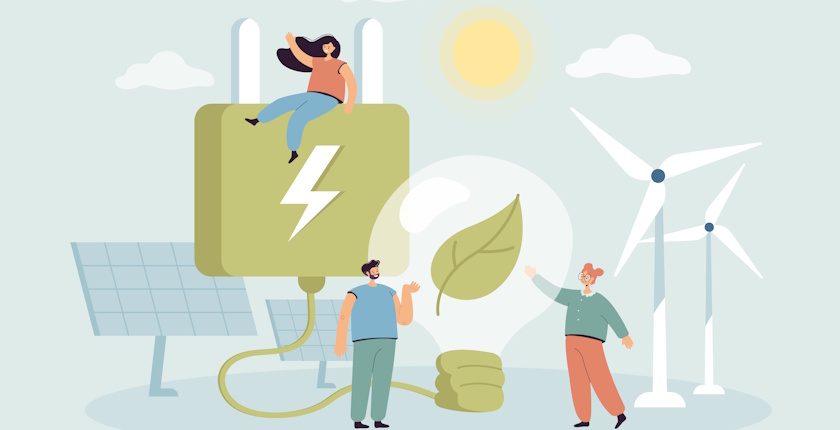
An EU budget that works for the people: unlocking finance for energy communities
Authors: Dirk Vansintjan, President of REScoop.eu, EUSEW’s digital ambassador; Sara Tachelet, ACCE project coordinator and Chris Vrettos, policy advisor finance, also EUSEW’s young energy ambassador.
Europe’s transition to a clean energy system requires unprecedented investment, but today’s financing tools fail to unlock the full potential of citizen-led energy initiatives. Energy communities can mobilise billions of euros in renewable energy investments, yet their potential remains untapped due to complex state aid rules, inaccessible funding mechanisms, and burdensome regulations. Considering the broader policy landscape of the Clean Industrial Deal and the ongoing negotiations around the Multiannual Financial Framework, how can Europe close this gap and ensure fair access to finance for energy communities?
Financing the future: the role of citizens’ investments
Europe needs major investments in renewable energy, energy efficiency, and grids to meet its decarbonisation goals. The European Commission estimates an annual €400 billion shortfall by 2030. While the Action Plan for Affordable Energy Prices acknowledges the potential of energy communities in stabilising and lowering energy prices, the Clean Industrial Deal (CID) ignores their potential in mobilising investment.
A study shows that citizens could contribute €176 billion to wind energy alone by 2030. These citizens’ investments boost local economies while helping to democratise the energy system and stabilise prices. Every euro invested in citizen energy projects generates two to eight euros locally.
In contrast, up to 75% of the profits from investments in energy projects by large energy companies are distributed as shareholder dividends, limiting their local impact. Interestingly, energy communities are increasingly investing in industrial-scale projects such as offshore wind and large-scale district heating, demonstrating their ability to contribute to Europe’s reindustrialisation objectives. However, without tailored financial support, their expansion remains constrained.
Breaking barriers: state aid rules and public funding gaps
Energy communities face financial and regulatory barriers, particularly restrictive state aid regulations and a lack of investment mechanisms tailored to their needs. Many Member States fail to use EU funds effectively to support energy communities, while commercial banks often hesitate to lend, disregarding the social and economic benefits these communities can bring.
To fill this gap, national federations of energy communities in countries such as the Netherlands, France, and Spain have created ‘Community Energy Financing Schemes’ (CEFS), designed to support and finance energy community projects. These schemes effectively pool investments from citizens, public institutions, and private investors. Experience from the Netherlands and France shows their impact: every euro of public funding in the early stages can attract up to 60 euros in private investment for project implementation.
While revised EU State aid Guidelines have improved conditions for renewable energy communities, the framework remains difficult to navigate. Member States need clearer guidance on designing support schemes that are accessible to energy communities. Additionally, administrative and regulatory hurdles, such as grid connection fees and complex licensing processes, continue to slow down community-led projects.
A call to action: targeted financial support for energy communities:
To fully unlock energy communities’ potential, the EU should support the creation of dedicated financial instruments tailored to their needs. This includes:
- An EU Guarantee Facility, similar to InvestEU’s SME window
- Simplified State Aid procedures for energy communities
- Stable financing mechanisms for energy communities in the next Multiannual Financial Framework
- Technical assistance for Member States to help ensure that energy communities can access the Social Climate Fund and Just Transition Fund
- Support for national federations in scaling up financing models like CEFS can also help advance and professionalise community-led energy projects across Europe
Unlocking community potential in the energy transition
The EU’s energy transition cannot be left solely in the hands of large corporations and institutional investors. Energy communities have shown they can drive the shift to renewables, help citizens access affordable local production, and invest in industrial-scale projects like offshore wind and district heating. However, the right financial and policy tools are needed to help scale up. By improving these tools, policymakers can empower energy communities to become a cornerstone of Europe’s clean energy future.
This opinion editorial is produced in co-operation with the European Sustainable Energy Week (EUSEW) 2025. See ec.europa.eu/eusew for open calls.

